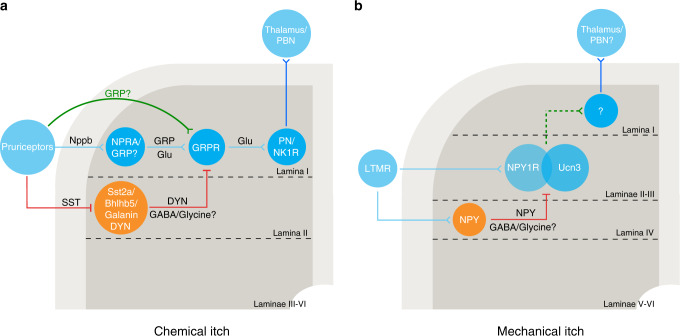Fig. 1. Model of spinal circuits for chemical and mechanical itch.
a When activated by chemical itch stimuli, the peripheral pruriceptors send the itch signals to spinal NPRA+ neurons via Nppb, a primary itch transmitter. The secondary sensory (NPRA+ or GRP+) neurons then activate GRPR+ neurons by releasing GRP, after which the itch signals are conveyed to the spinal projection neurons before reaching the thalamus or PBN for further processing. GRP was also proposed as another peripheral itch transmitter in some studies. The chemical itch circuit is gated by spinal inhibitory interneurons marked by Bhlhb5, which also coexpress DYN and Sst2a. These neurons are inhibited by peripheral-derived SST, while in turn inhibiting itch via the release of DYN and GABA/glycine. Spinal galanin+ neurons also gate chemical itch processing by directly inhibiting the activity of GRPR+ neurons, and the majority of these inhibitory neurons overlap with DYN/Bhlhb5+ neurons. b Light touch stimuli activate LTMRs to evoke mechanical itch, and the mechanical itch information is transmitted to spinal Ucn3+ neurons, a subset of which also express NPY1R, and these neurons are gated by spinal inhibitory NPY+ neurons through NPY-NPY1R signaling as well as the inhibitory neurotransmitters GABA/glycine. PN projection neuron, LTMR low-threshold mechanoreceptor, Glu glutamate.

